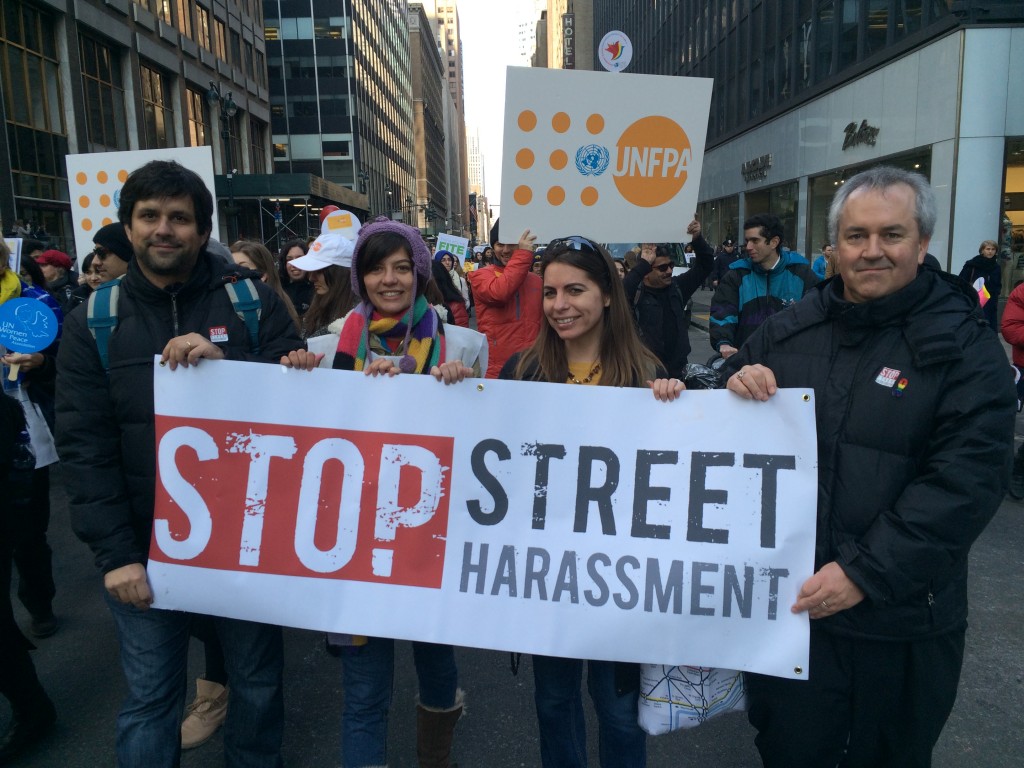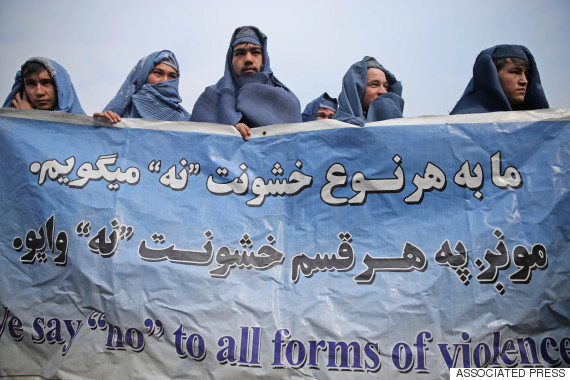*Trigger warning*
The points raised in the Guardian article “If transwomen have to hide to be safe, what does progress look like?” are really important to consider, especially on International Women’s Day: How can we help create a culture/society where everyone is safe to express their gender identify?
“Many transwomen now believe that they have more to fear than ever: this year looks to possibly be one of the most violent on record towards transgender women in North America, as there are already eight confirmed homicides of transgender women – a majority identifying as women of color – and it’s only March…
‘We will hear women talk about just the harassment on the [Chicago Transit Authority], but I think we have to keep in mind that broader context…That a tiny bit of verbal violence … nobody knows where that goes to when there are so many women ending up dead.’
‘I get it’, Danielle Love, the peer-lead coordinator for TLC, chimed in. ‘I have people literally come up to me and say: ‘You’re a fucking fag.’ And I am just sitting on the train going to work and someone feels they can say that.’
And it happens so much so that many have stopped reporting this type of violence among many other forms.”
On what we need to do:
“Maria Pahl, a cisgender women who is the staff attorney for TLC, finds storytelling can be a tactic for change, but it’s only one side of the coin.
“I think as a broader society we need to do a better job not just listening to stories that are palatable”, she said, referring to [Janet] Mock and [Laverne] Cox.
She thinks that it’s the unsavory stories of the most oppressed people’s everyday lives, not just the few representative of that group in the public eye, that need to be heard and embraced, like, for instance, stories of needing to engage in survival sex work to make ends meet like we see many transgender women having to do…
All the women I spoke to at TLC agreed with this statement, all of them transgender women besides Pahl. And they all felt this is what has been missing with this “tipping point” for their community.
For them, stories are not only important because of who is telling them, but also who is listening to them. And that is what is needed now, more than ever, for transgender women: that all of us finally listen to their stories.





